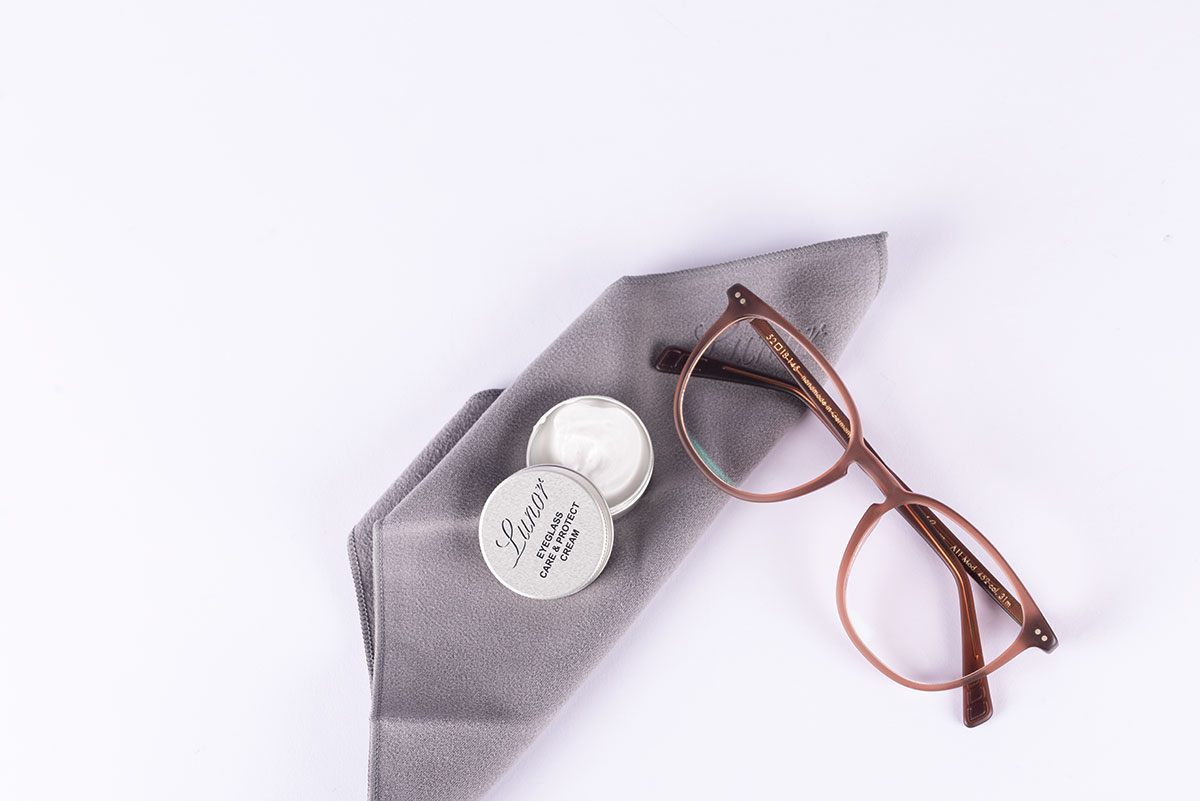
Matte acetate glasses are velvety soft in appearance and adapt naturally to the wearer’s face and hair color. If you already have matte acetate glasses or are thinking of buying some, you will also appreciate the pleasant way they feel. What you should know about your matte glasses frames. And about the other properties of matte acetate.
Glasses come in countless materials, colors and nuances. Acetate is one of the most popular materials. It can be molded to perfectly fit the wearer’s head, but it’s also stable and it’s harmless to people with allergies. An unbeatable combination. Hardly surprising, then, that most glasses wearers choose acetate frames. However, few people know that the same starting material can have two entirely different finishes: polished or matte. The results are quite distinctive both to look at and to touch. Yet both types of glasses pass through the same production process until they reach the final step.
Acetate is a natural product
Let’s start with the basics. Acetate is a natural product consisting largely of cotton (approx. 70-80%). Using this renewable raw material means the process of manufacturing high-quality acetate frames is for the most part environmentally friendly. The frames are given their colors, marbling and gradations in special processes. The starting material also has to be mixed with small quantities of other substances, so that it can for example be molded. This is essential for the finished glasses to be individually adjusted to fit the wearer.
Adding the corresponding dyes while the raw material is in production determines the color of the acetate. This is where the foundations are laid for the appearance and above all for the quality of the glasses. The actual frames are then cut from the whole acetate slab. The production process involves more than 200 work steps from start to finish; at Lunor, many of these are performed by hand with impeccable craftsmanship. This video from Lunor’s production facility shows exactly how our glasses are made.
Matte or shiny – the finishing is the key
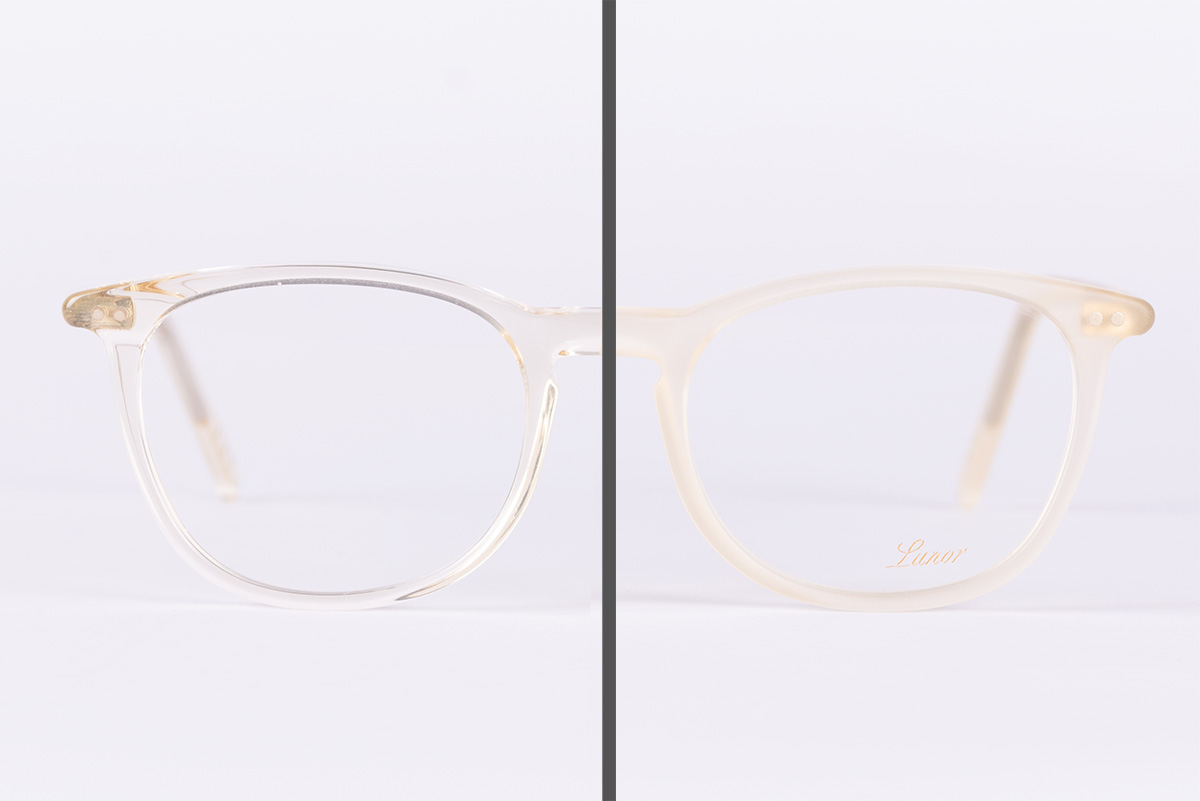
Same color – different finish: shiny and matte.
Only after the glasses have been cut out, riveted, and completely assembled does the critical final step begin: the finishing. This is where the polished acetate frames are separated from the matte ones.
Polishing is carried out in countless steps over a period of several days. The final hand polish guarantees the perfect shine. Such a protracted polishing process definitively seals the surface of the natural acetate material, making polished acetate frames extremely robust and resistant to environmental influences.
Matte acetate frames, on the other hand, get a completely different finish. The process they are put through is a far cry from that used for polished acetate frames. Instead of being polished, the surface is scored, and the materials used in this step are a well-kept manufacturing secret. However, the blasting material is completely harmless; in fact, it is kind to both humans and the environment. The matte finishing process akin to sandblasting: the glasses are blasted with tiny particles. This roughens the surface, giving the frame that unmistakable matte look. After this treatment, the blasted glasses are sealed with natural oil or special creams to close the pores. The final step after sealing is to dry the glasses. The matte finish is now complete, and the glasses feel velvety soft.
What you should know about your matte glasses
The uneven structure of matte frames lends these glasses a few distinct quirks. You can compare the surface of a matte frame to a porous wooden floor. The structure means that there is a much larger area to which secretions such as skin particles and sweat can adhere. As acetate is a natural product, matte glasses frames react to these secretions with white discoloration. Whether these reactions occur, at what intervals, and how marked they are depend on factors specific to the wearer. One factor is the composition of the wearer’s sweat.
Let’s come back to the wooden floor example. We like to compare matte acetate frames with wooden floors since both these natural products “work” and have to be polished, lasered, or treated with cream from time to time. As glasses are worn on the face and come into daily contact with the skin, it goes without saying that particularly thorough care is needed.
We recommend cleaning the frames regularly with clear water and – if necessary – a little pH-neutral soap. Afterwards, the application of a special cream is essential. Ask your optician (Lunor partner) to give you Lunor’s special care cream free of charge. If you don’t have any around, you can also use a fragrance-free hand cream. This will make sure you can enjoy your matte acetate glasses for many years to come.


We at Lunor have all our glasses manufactured by family-run companies in the South of Germany. This guarantees the highest quality, traditional craftsmanship, and fair working conditions. The production facilities are optimally located in logistic terms, keeping our transport routes exceptionally short. We can trace every pair of glasses right back to its origins, the site where the raw material is produced. The high-quality acetate is manufactured in Italy. You will feel and enjoy wearing this quality for many years to come.



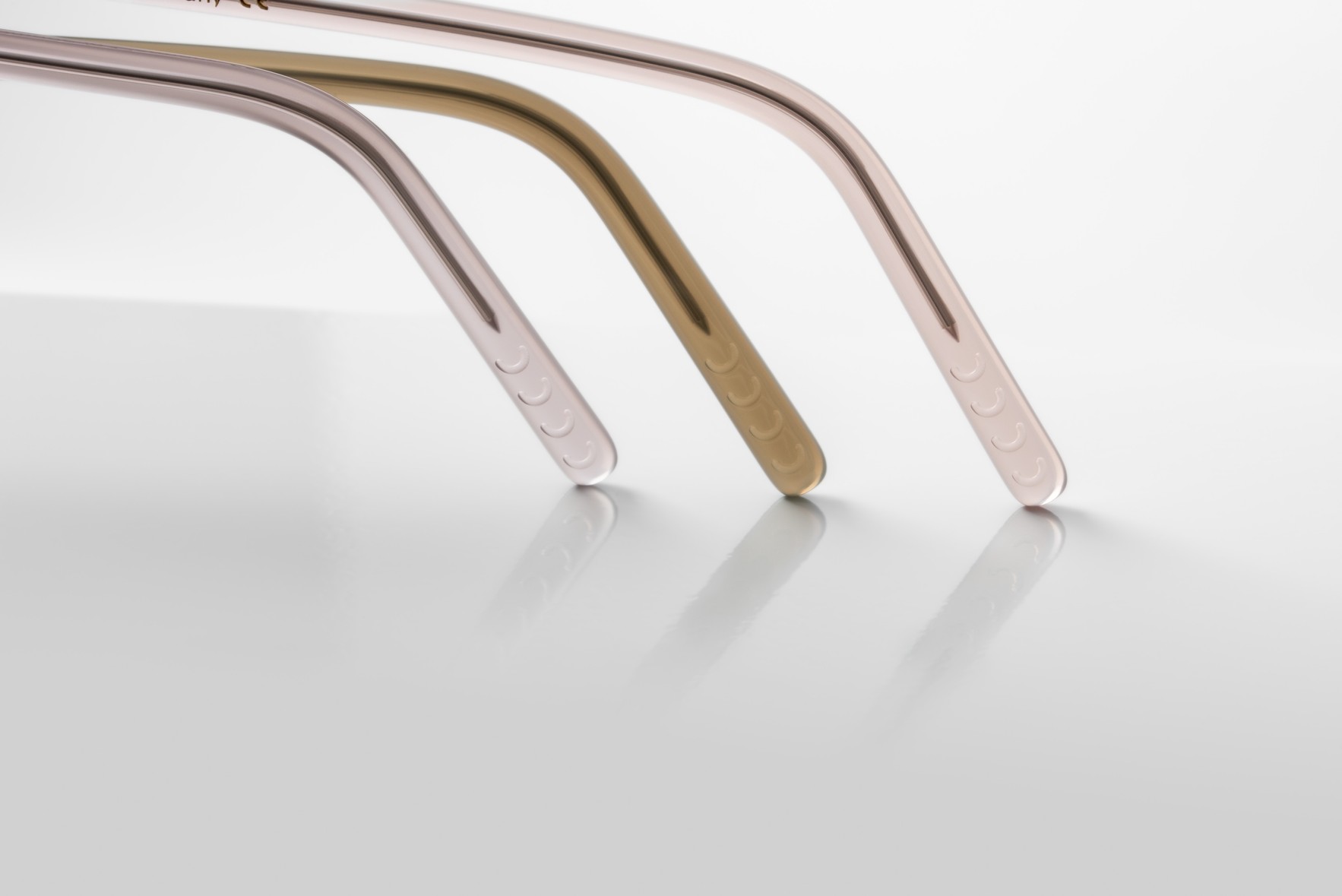
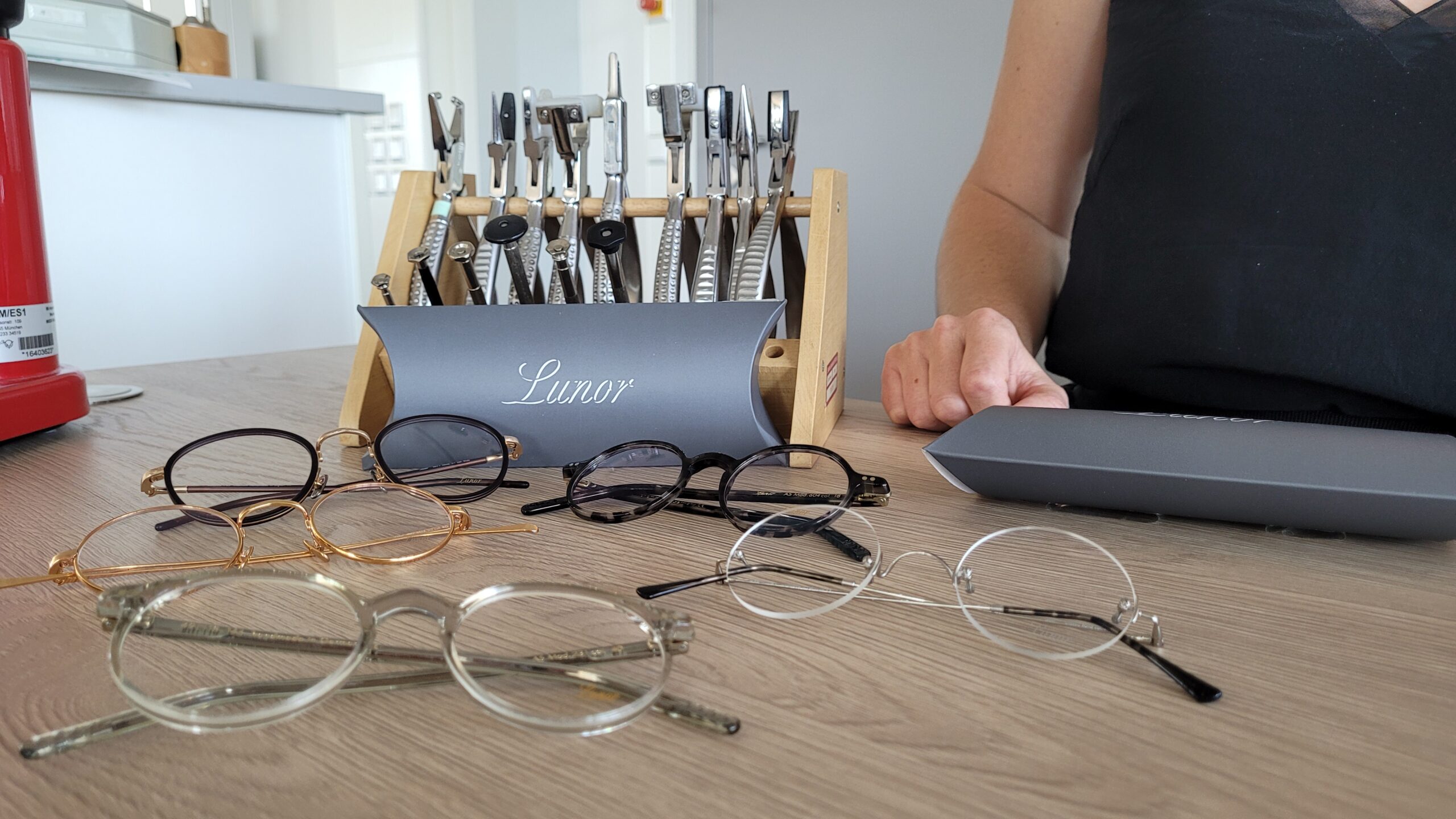
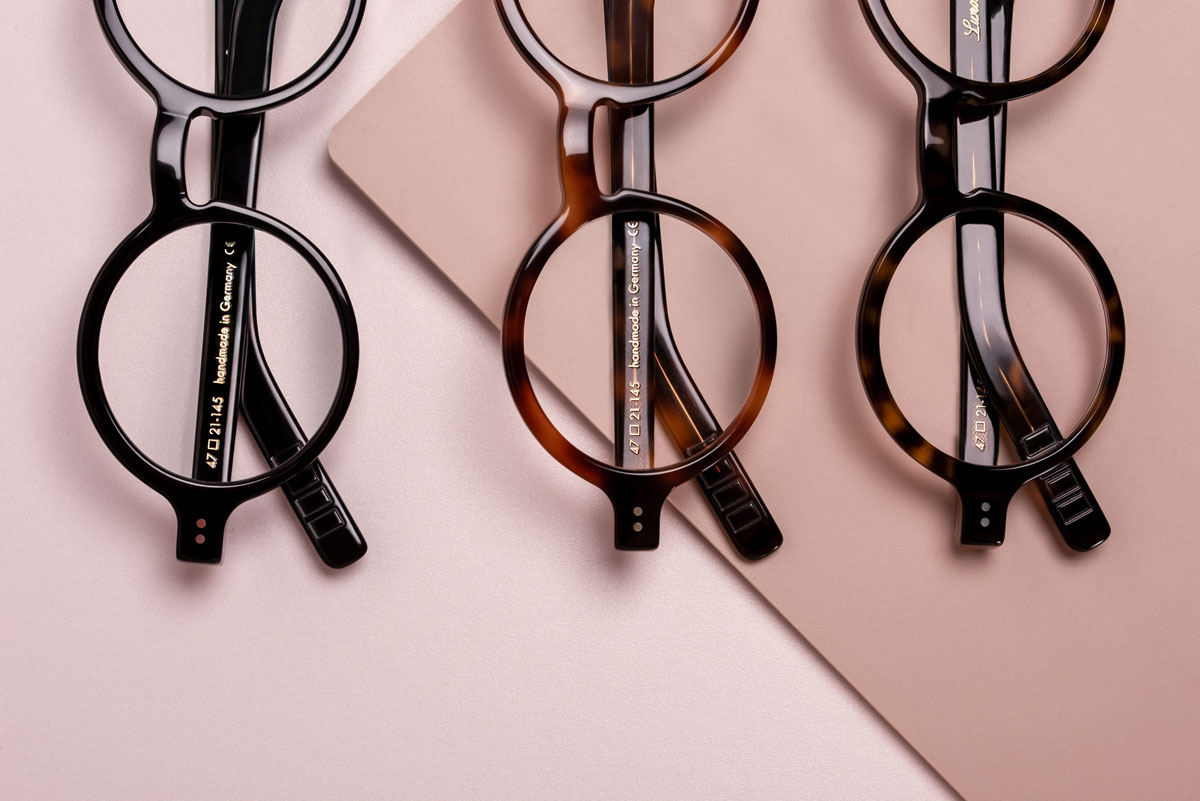
Leave A Comment